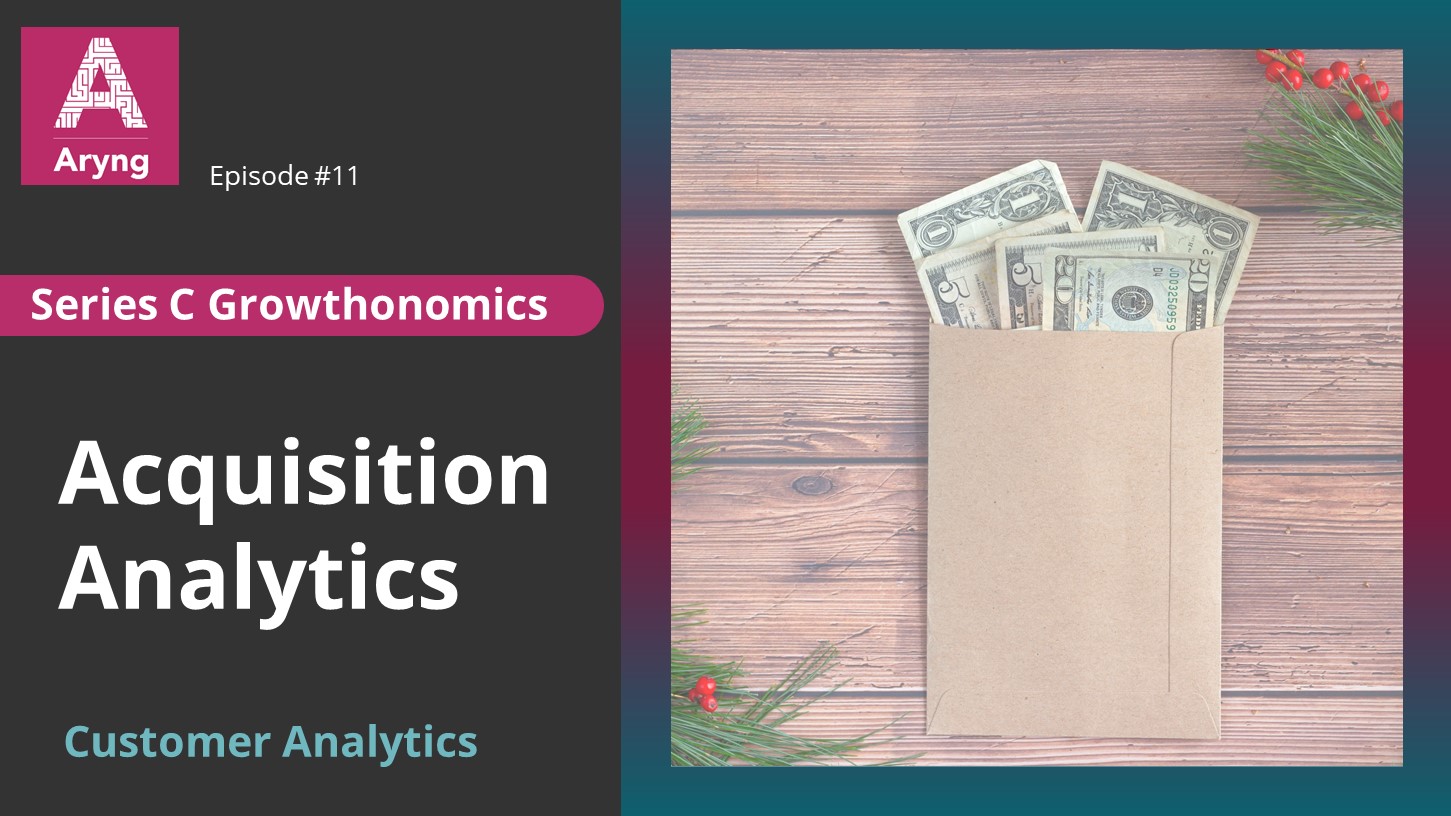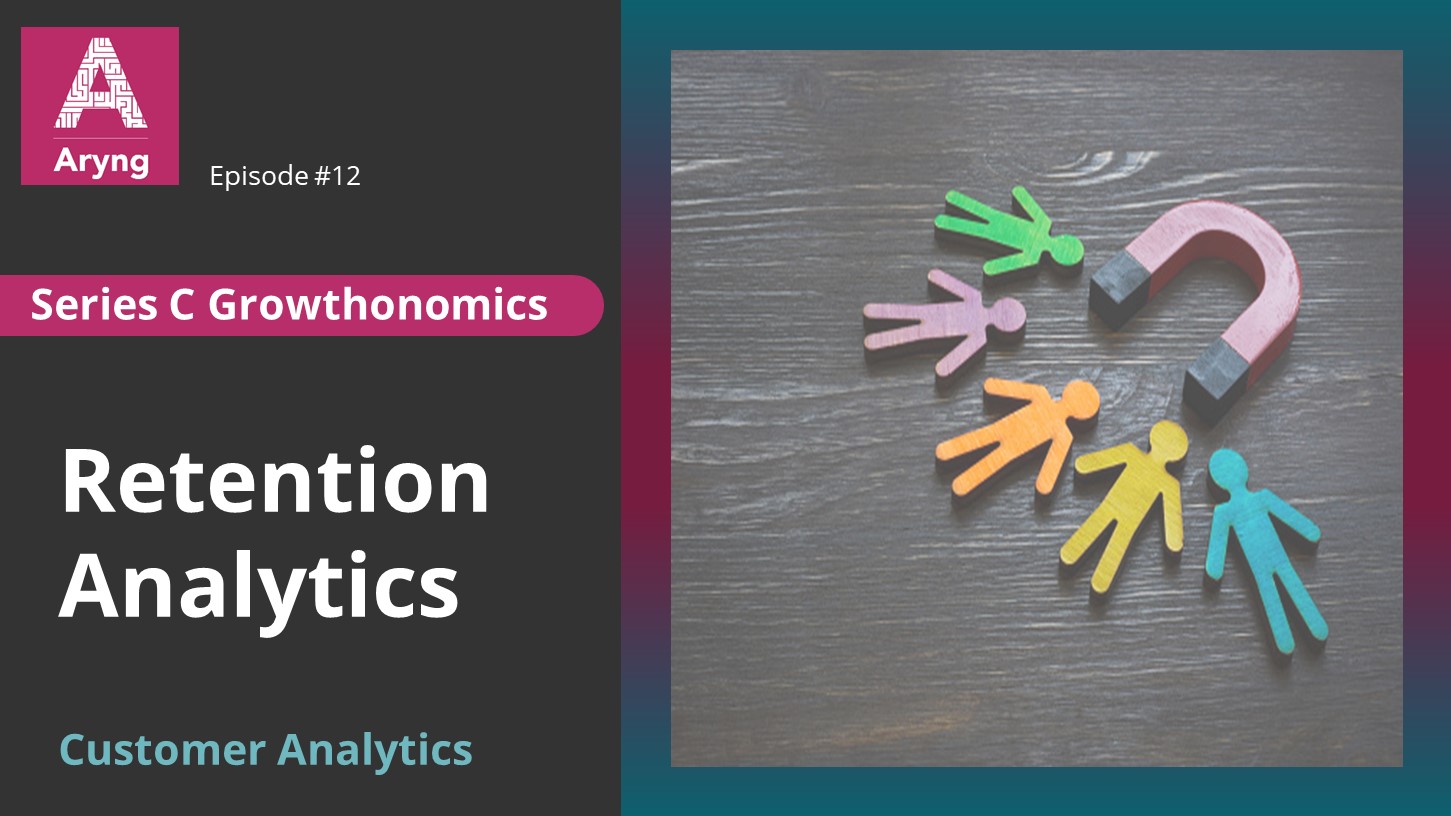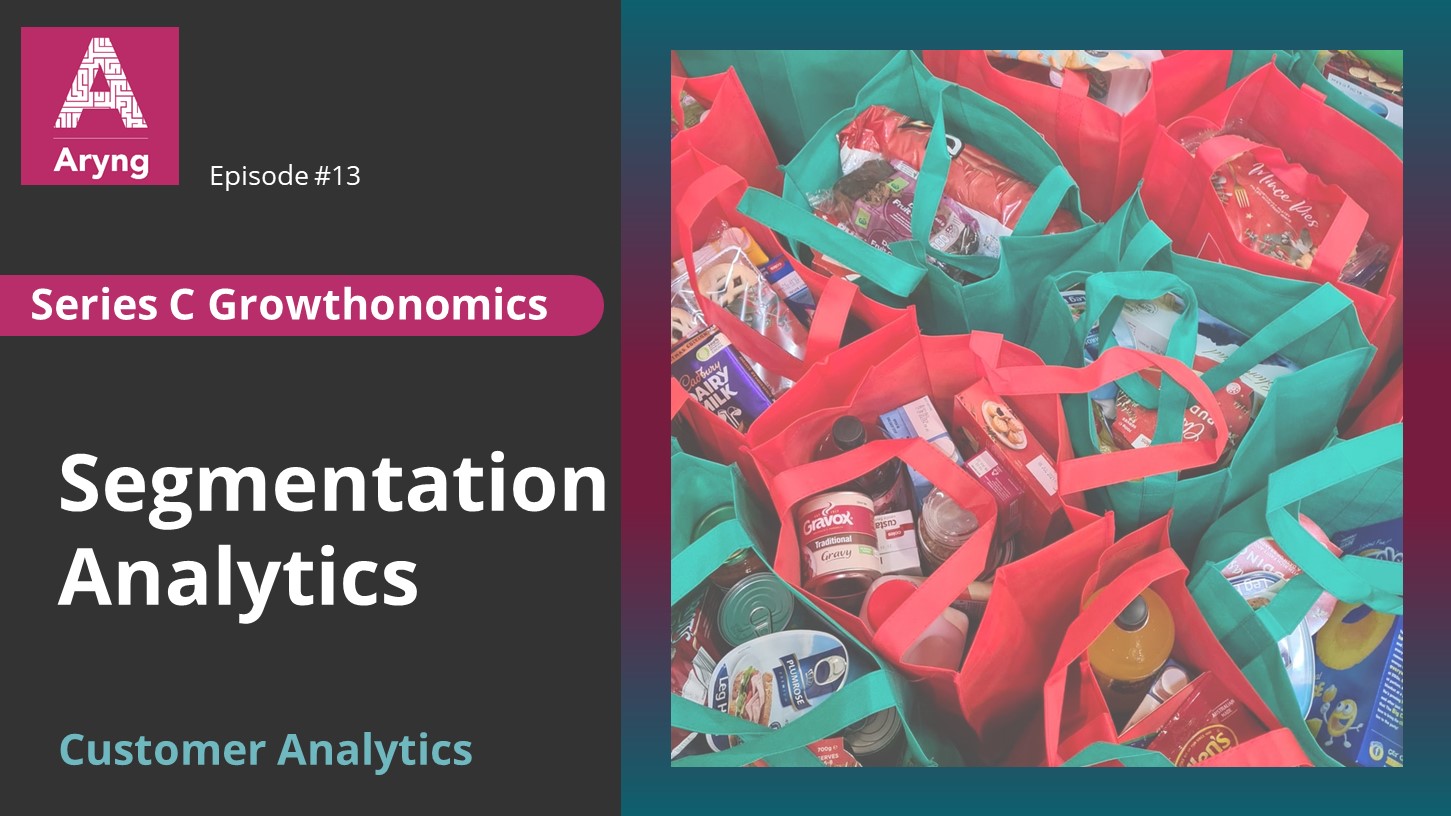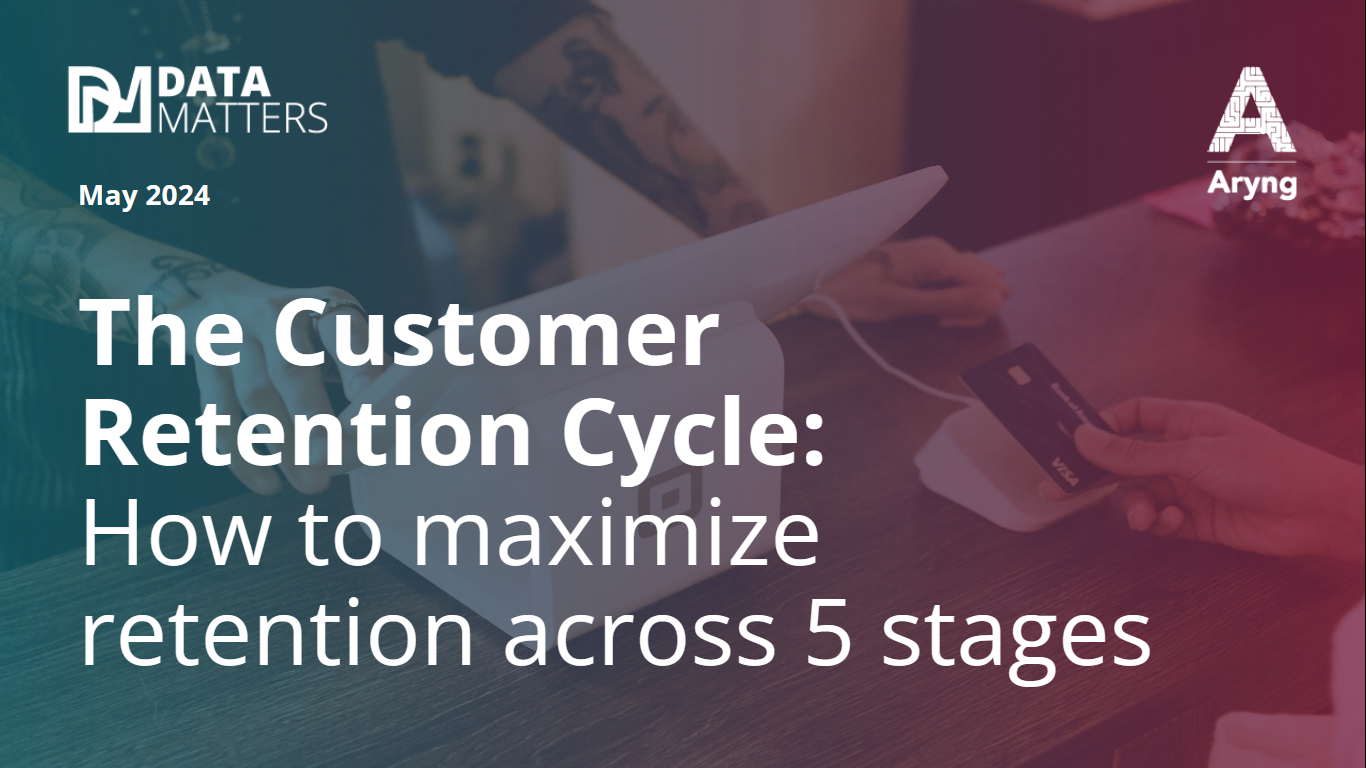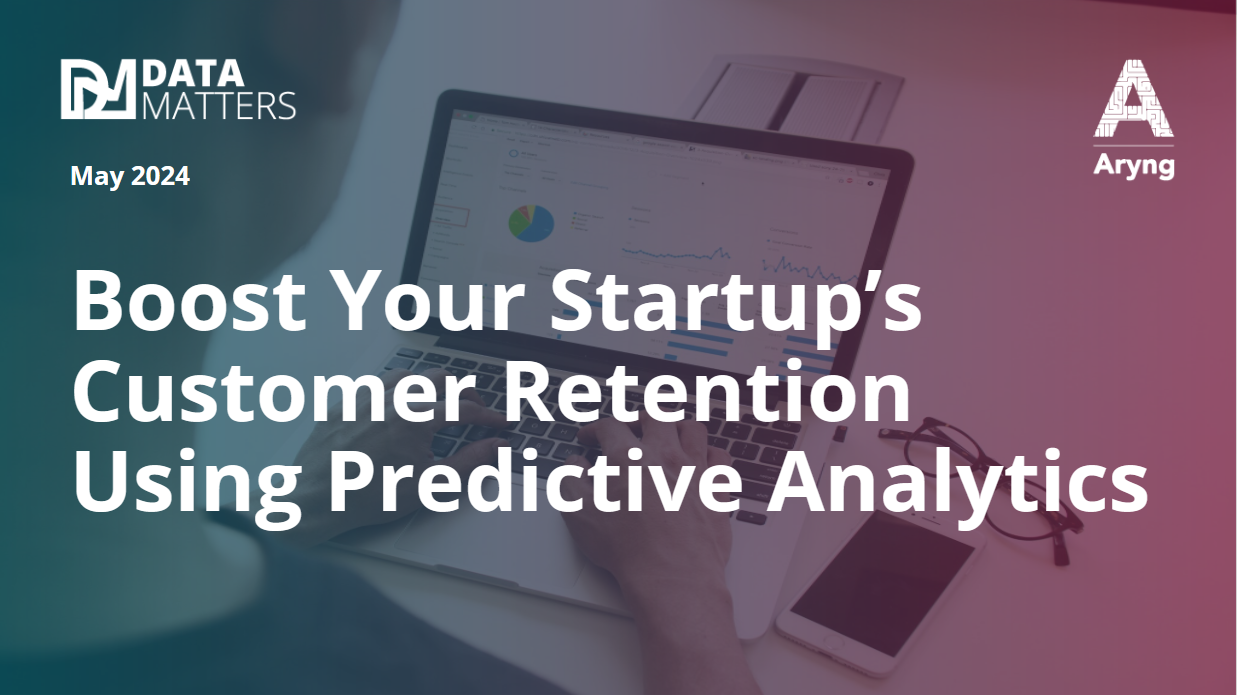
Customer analytics is a process by which data from customer behavior helps make critical business decisions via market segmentation and predictive analytics.
Businesses use this information for direct marketing, site selection, and customer relationship management.
Customer analysis is a critical part of customer analytics. Customer analytics has a considerable impact on corporate performance. Companies that outperform their competitors on key performance metrics, whether profit, sales, sales growth, or return on investment, use customer analytics.
USE CASES
1. Retail – This industry started increasing the use of customer analytics in decisions ranging from product, promotion, price, and distribution management.
2. Retail Management – It can be used for dynamic scheduling, worker evaluations.
3. Finance – Customer analysis is used to understand customer lifetime value, identifying below-zero customers, increasing cross-sales, managing customer attrition.
4. Community – Communities can be segmented on attributes like personality, values, interests, and lifestyle.
5. CRM – It enables measurement of and prediction from customer data to provide a 360-degree view of the client.
In this blog, we will talk about getting started on a data science path as a customer service manager.
Below is an excerpt from the book Behind Every Good Decision – How Anyone Can Use Business Analytics to Turn Data into Profitable Insight.
“
If you are in Customer Service Operations
Similarly, the Head of Customer Service Operations can also leverage analytics to solve fundamental business problems.
1. Optimization of a most precious resource – Call routing to agents by customer segment to optimize metrics like FCR (First Call Resolution), NPS (Net Promoter Score), thereby cost. Correlation Analysis
Simple Segmentation
2. Satisfactorily address issues of customers who are calling – This, in turn, means understanding top issues and drivers of resolution.
Aggregate Analysis of Correlation Analysis
3. Who are the most valuable customers? What are the characteristics of each customer segment?
Aggregate Analysis
4. What level of assistance does each piece of the customer warrant?
Correlation Analysis
5. Divert customers to self-serve before calling to reduce customer service overhead – This requires an understanding of the top reasons why customers are getting and creating effective self-service options.
Correlation Analysis
In conclusion
We hope you took away from this blog that you can use simple business analysis that in most cases can give you a scale of efficiency, instead of having to wait around to get your question answered by the analytics team. The data you will need, most likely, is already is at hand; you have to dig it out and look at it.”







